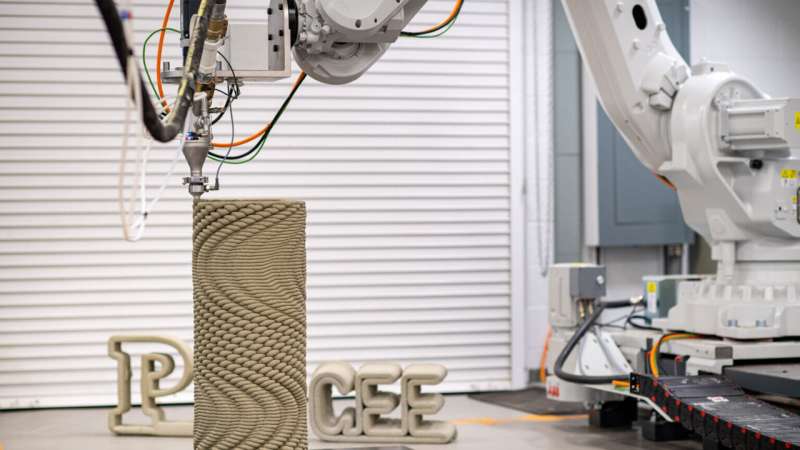There is no end to what all human beings can do, and yet there is little we do better than growing on a consistent basis. This tendency to improve, no matter the situation, has already brought …
There is no end to what all human beings can do, and yet there is little we do better than growing on a consistent basis. This tendency to improve, no matter the situation, has already brought the world some huge milestones, with technology emerging as quite a major member of the group. The reason why we hold technology in such a high regard is, by and large, predicated upon its skill-set, which guided us towards a reality that nobody could have ever imagined otherwise. Nevertheless, if we look beyond the surface for a second, it will become clear how the whole runner was also very much inspired from the way we applied those skills across a real world environment. The latter component, in fact, did a lot to give the creation a spectrum-wide presence, and as a result, initiate a full-blown tech revolution. Of course, this revolution then went on to scale up the human experience through some outright unique avenues, but even after achieving a feat so notable, technology will somehow continue to bring forth the right goods. The same has turned more and more evident in recent times, and assuming one new discovery ends up with desired impact, it will only put that trend on a higher pedestal moving forward.
The engineering team at Princeton University has successfully developed a technique, which involves deploying laser to evaluate 3D-printed cement’s resistance against fracture. The only way we can fully understand the significance of such a development is by first acknowledging that, while 3D-printed cement offers enormous advantages when it comes to efficiency and versatility, it hasn’t really cracked the reliability code yet. You see, due to non-uniform microstructures introduced by the layering process used in 3D printing, the stated alternative remains at a sizeable risk of breaking down. Now, given this vulnerability is more prevalent in areas between concrete’s different layers, the researchers made a point to focus on them right from the get-go. They used lasers to cut through to precisely located grooves in 3D-printed cements. Here, by controlling the power and speed of the laser, they were able to gain a better grip on crucial elements like the grooves’ depth and shape, something which marked a major breakthrough in regards to testing the material more accurately than, let’s say, any conventional method could ever do.
“We can now gain a more thorough understanding of the fracture properties of 3D-printed cement-based materials under various modes of failure, which is important for eventually scaling up this technology,” said Reza Moini, an assistant professor in the Department of Civil and Environmental Engineering at Princeton and senior author of the study. “There are new opportunities to make stronger and tougher materials by leveraging the design of materials architecture and fabrication freedom that comes with additive technologies.”
One of the aspects where researchers focused quite heavily upon was a thin water-rich film that pops up during the extrusion process and takes over each printed strand to facilitate flow. The stated film, in case you didn’t know, can trigger huge internal flaws and heterogeneities between strands of the 3D-printed material, thus weakening the structure over time. Hence, to solve this conundrum, the team initially fabricated and cured samples for testing using a customized 3D printer which extruded cement paste. However, rather than applying a traditionalist approach of cutting notches into the material with circular saws, they opted for a laboratory laser, as it ensured higher precision levels throughout the process.
When quizzed regarding the team’s rationale behind taking a unique path, Shashank Gupta, one of the researchers involved in the study, cited a long-term benefit by saying:
“This approach can help inform the material properties as researchers are working with industry to scale up concrete additive manufacturing processes for structural and nonstructural applications.”




